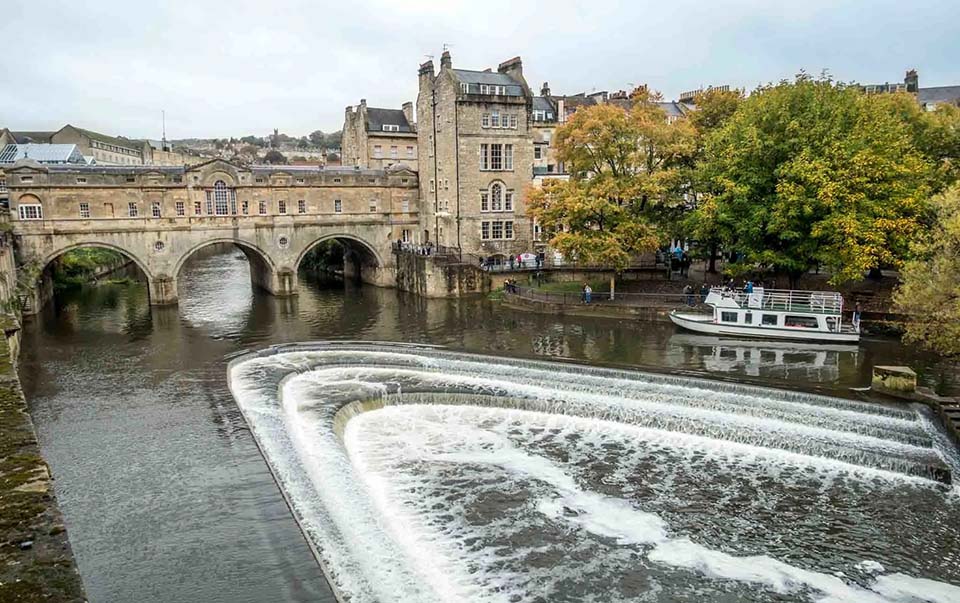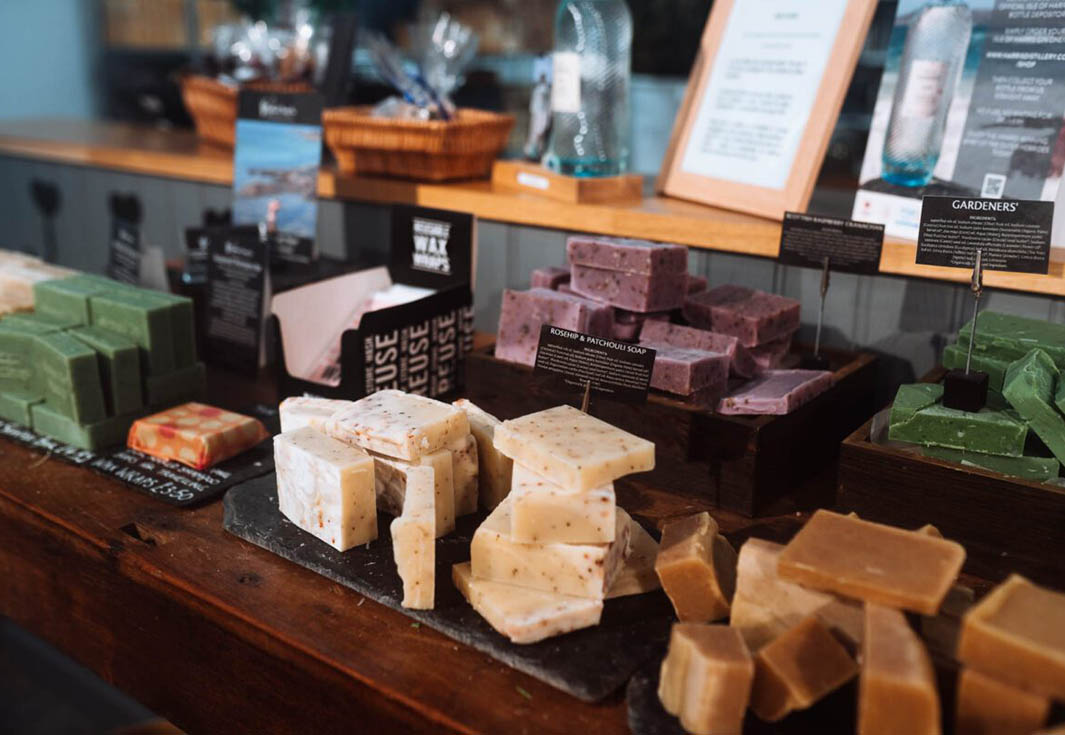Nestled in the Somerset countryside, Bath is a city steeped in history, adorned with stunning Georgian architecture, and known for its famous Roman baths. While Bath might be relatively small, the amount of charm packed within its borders is immense, making it a top destination for travelers looking to experience the essence of English heritage. To make the most of your visit, I’ve compiled some essential travel tips to help you have a smooth, stress-free trip to Bath.
1. Plan Your Visit Around the Best Time of Year
Bath is beautiful year-round, but the best time to visit is from late spring to early autumn (May to September). Here’s what to expect with each season:
- Spring (March to May): The city comes to life with blossoming flowers, especially in parks and gardens. This is an ideal time for those who prefer mild weather.
- Summer (June to August): Warm days make for ideal sightseeing, but expect larger crowds. If you’re planning a summer visit, it’s wise to book accommodations well in advance.
- Autumn (September to November): Autumn leaves add a touch of magic to Bath. The weather is still pleasant, and the crowds thin out a bit.
- Winter (December to February): Bath hosts a beautiful Christmas market that draws visitors from all over. Winter can be chilly, but fewer tourists mean more room to explore.
2. Book Accommodations Early to Secure Great Rates
Bath is a popular destination year-round, so accommodations can fill up fast. Booking in advance is not only budget-friendly but also gives you a wider selection of rooms. Some budget-friendly hotels in Bath include:
- YHA Bath: A fantastic choice for solo travelers and families alike, this hostel provides both dorms and private rooms and is set in a lovely Italian-style mansion.
- The Z Hotel Bath: Located just a short walk from the Roman Baths, this boutique hotel offers modern amenities at affordable prices.
- Premier Inn Bath City Centre Hotel: This is a reliable budget option located in the heart of the city with all the basics you’ll need for a comfortable stay.

If you’re after a unique experience, Bath also offers some charming bed-and-breakfasts, many of which are set in historic Georgian buildings.
3. Plan Transportation and Getting Around Bath
Bath is quite walkable, with most of its main attractions within close proximity. However, here are a few options to keep in mind:
- By Train: If you’re traveling from London, a train ride from Paddington Station takes approximately 90 minutes. National Rail and Great Western Railway operate frequent services.
- By Car: Although renting a car can be convenient if you plan on exploring the surrounding countryside, parking in Bath can be challenging and expensive.
- By Bus: Bath has a comprehensive local bus system operated by First West of England. The hop-on-hop-off bus tour is a great way to get an overview of the city on your first day.
- Walking and Cycling: As mentioned, Bath is very walkable, and renting a bike can be a pleasant way to see the city. Companies like Bath Cycle Hire provide bikes for a few hours or the whole day.

4. Get Your Currency in Order and Be Prepared for Cashless Transactions
Although the British pound (£) is the official currency, Bath is very tourist-friendly, and most places accept major credit cards. If you’re traveling from outside the UK, notify your bank in advance and carry a credit card that doesn’t charge foreign transaction fees. Cash can still be helpful for small purchases, particularly at markets or street food stalls, so withdrawing a small amount upon arrival can be handy.
5. Experience Bath’s Local Etiquette and Customs
Understanding the local customs can make your visit to Bath smoother and more enjoyable. Here are a few pointers:
- Politeness: British people tend to be polite and value good manners. Saying “please” and “thank you” is customary.
- Queueing: Lining up in a queue is almost a national pastime in the UK, so be sure to follow this social norm.
- Quiet in Historical Sites: When visiting the Roman Baths or Bath Abbey, keep conversations at a low volume out of respect for others who are also enjoying the sites.
When I visited Bath Abbey, I noticed a few people talking loudly, and it drew frowns from other visitors. It’s a stunning and serene place, so take in the moment and speak softly if you need to. Similarly, in local pubs, it’s normal to place your order at the bar, pay immediately, and then find your seat.
6. Must-See Attractions and How to Make the Most of Each
The Roman Baths
These ancient baths are the city’s most famous attraction, dating back to 70 AD. To make the most of your visit, consider the following tips:
- Arrive Early: Lines can get long, so it’s best to visit early in the morning.
- Guided Audio Tour: The entry fee includes an audio guide that’s highly informative.
- Relax at the Pump Room: After your tour, enjoy a traditional English afternoon tea at the elegant Pump Room nearby.
Bath Abbey
Another architectural gem, Bath Abbey is right next to the Roman Baths. Entry is free, but donations are welcome.
- Check for Events: The abbey often hosts concerts and special services. Check the schedule to see if there’s an event during your visit.
- Tower Tours: For a small fee, you can take a guided tour up to the abbey’s tower and enjoy sweeping views of the city.
The Royal Crescent and The Circus
These Georgian architectural marvels are perfect for a leisurely walk.
- Self-Guided Walk: Stroll through these areas, ideally with a map or guidebook to learn about the history of each building.
- Visit No. 1 Royal Crescent: This museum offers a glimpse into life during the 18th century.

7. Taste the Local Flavors and Enjoy Street Food
Bath has an excellent culinary scene, from traditional British pubs to modern eateries. Here are a few recommendations:
- Sally Lunn’s Historic Eating House: Home to the famous Sally Lunn bun, this spot is a must-visit for afternoon tea.
- The Raven: A classic pub serving hearty pies and local ales.
- Bath Farmers Market: Held on Saturdays, this market offers everything from artisanal cheeses to freshly baked bread.
For street food, visit Green Park Station Market for mouth-watering options. Just be mindful of your surroundings when eating on the go, and dispose of any waste properly.
8. Plan Your Itinerary with Flexibility in Mind
When planning your trip, consider these tips:
- Day Trips: Bath’s location makes it ideal for day trips to nearby destinations like Stonehenge or the Cotswolds. Consider booking a guided tour to make the most of these excursions.
- Budgeting: Bath can be pricey, so plan a mix of paid and free activities. Parks, street art tours, and entry to the Victoria Art Gallery are all free.
- Travel Insurance: It’s always a good idea to have travel insurance, especially if you plan on exploring nearby hiking trails.
Bath offers a blend of history, culture, and natural beauty that’s both captivating and calming. By planning ahead, respecting local customs, and allowing some flexibility in your schedule, you can enjoy a stress-free trip that will leave you with lasting memories. From the architectural wonders to cozy tea rooms and scenic walks, Bath is a city that promises a journey back in time, wrapped in modern comforts.



